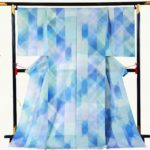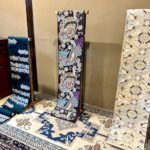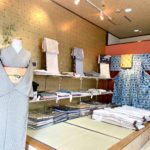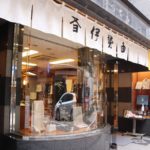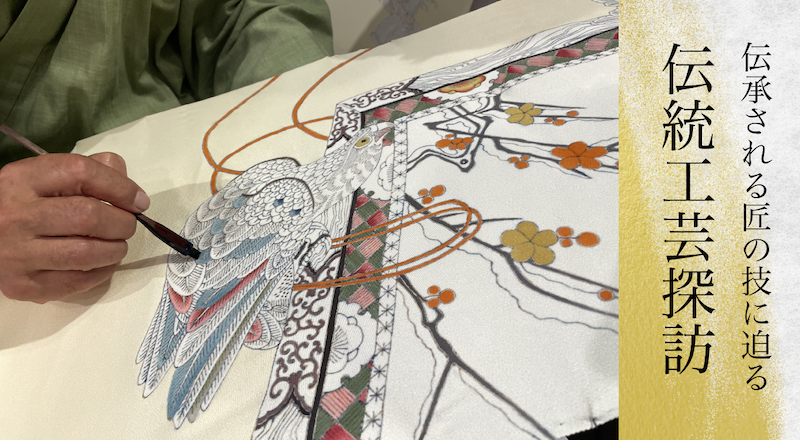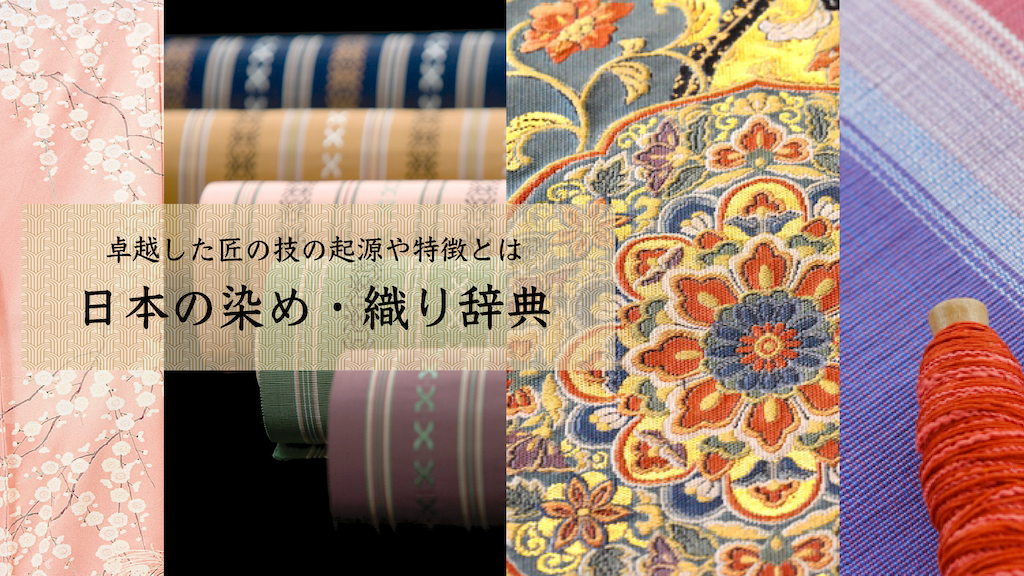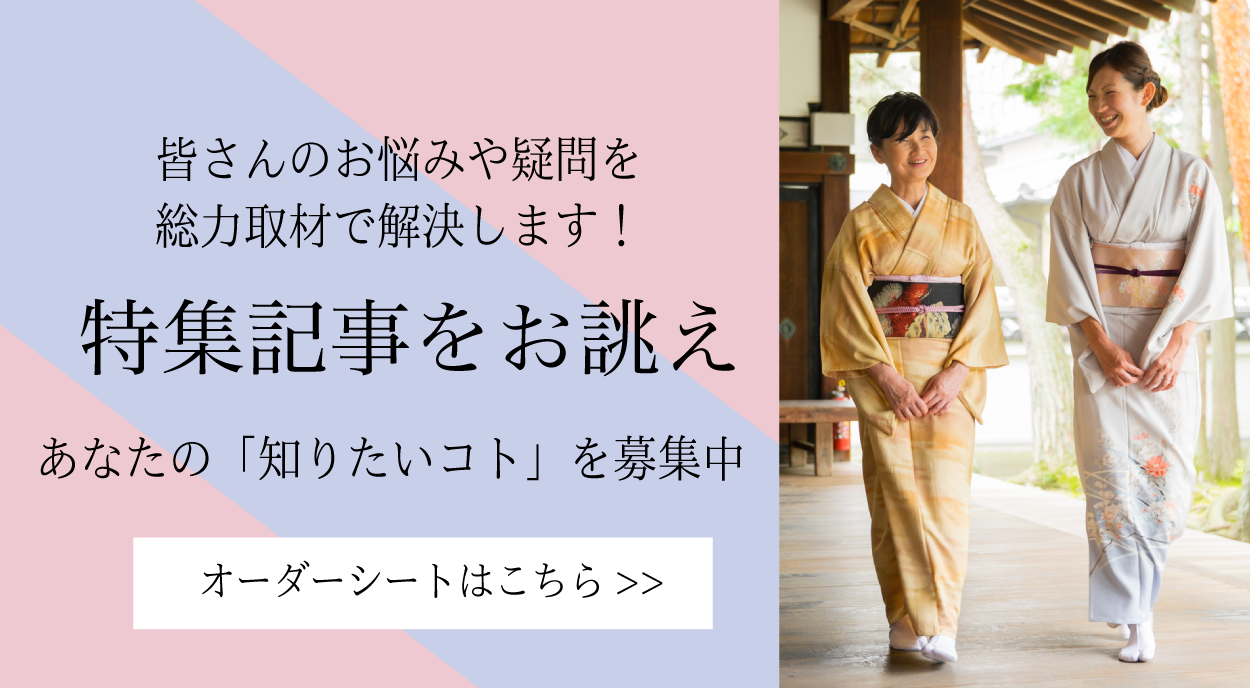福光麻布
Pronunciation: Fukumitsu-asafu
Production area: Nanto City, Toyama Prefecture
Fukumitsu-asafu is a traditional hemp textile woven by hand using threads made from the stalks of ramie (choma). The fibers are painstakingly split and spun entirely by hand, then woven on traditional looms such as the izaribata (back-strap loom) or takabata (high loom). The production of hemp cloth in the Fukumitsu region is said to date back to the year 794, and during the early Edo period it was strongly promoted by the Kaga domain, leading to widespread production. By around 1818–1830, annual output reached 40,000 bolts, enough to make 40,000 kimonos. Fukumitsu-asafu was so highly valued that it was used as an official cloth at the Imperial Court, including in the enthronement and funeral ceremonies of emperors. In fact, all ceremonial garments for the state funeral of Emperor Showa were made from Fukumitsu-asafu. Today, however, production has significantly declined, and only small quantities continue to be produced.

